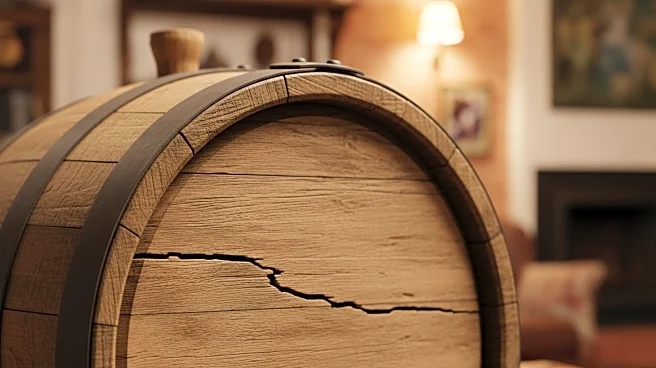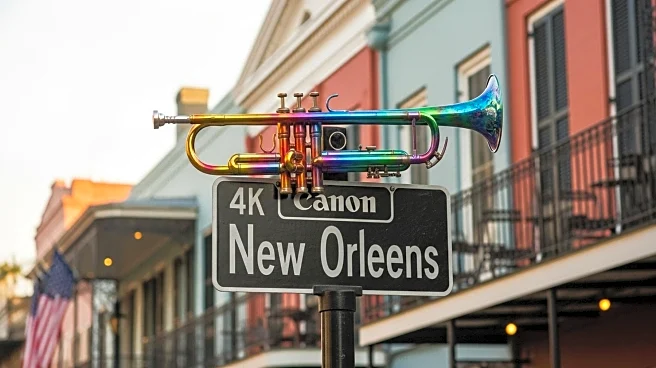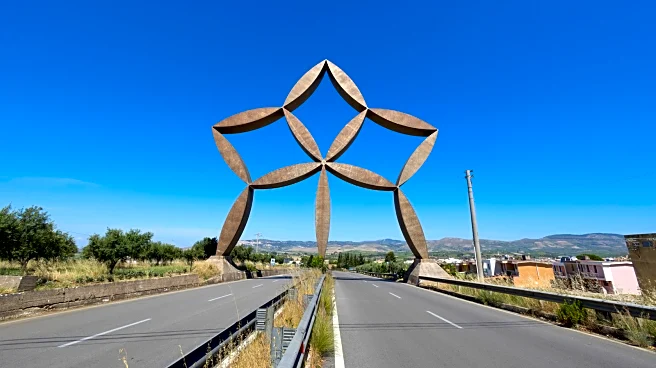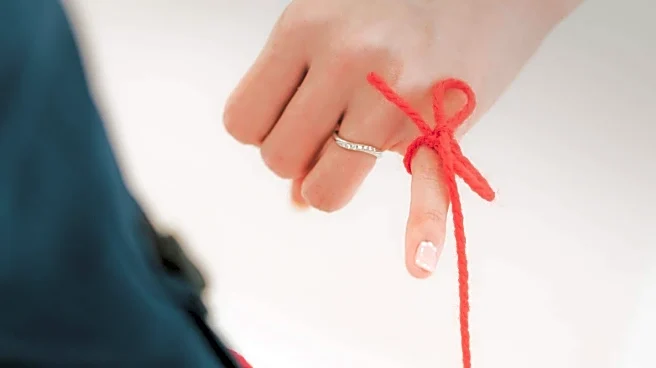Rapid Read • 9 min read
The phrase 'tying the knot' is widely recognized as a metaphor for marriage, but it has historical roots in actual wedding rituals. The term originates from the ancient Celtic handfasting ceremony, where couples had their hands bound together with a cord, rope, or ribbon to symbolize their union. This practice was not merely symbolic; it was legally recognized in parts of medieval Europe. The ritual marked the beginning of a marriage commitment, with the couple's clasped hands tied with a knot. Handfasting was initially a trial marriage lasting 'a year and a day,' after which the couple could choose to confirm their bond permanently or part ways. Similar customs existed in other cultures, such as Old Norse and Germanic traditions, where 'handfasting' referred to making a binding agreement by clasping hands. The Aztecs also practiced a form of this ritual, tying parts of their clothing together to signify unity. Over time, these practices evolved into metaphors, and by the 16th century, 'tie the knot' appeared in English literature as a figurative expression for marriage.
AD
Understanding the origins of 'tying the knot' provides insight into cultural traditions and the evolution of marriage customs. The historical significance of handfasting highlights the diverse ways societies have symbolized marital unions. This knowledge enriches contemporary wedding practices, where some couples choose to incorporate handfasting into their ceremonies as a nod to tradition. The phrase's endurance in modern language underscores the lasting impact of cultural rituals on societal norms. It also reflects the blending of historical customs into present-day celebrations, offering couples a meaningful way to personalize their weddings. The recognition of these traditions can foster appreciation for cultural heritage and encourage the preservation of historical practices in modern contexts.
As interest in historical wedding customs grows, more couples may opt to include handfasting in their ceremonies, seeking to honor cultural heritage and add personal significance to their vows. Wedding planners and cultural historians might explore ways to integrate these rituals into modern celebrations, offering guidance on how to adapt traditional practices for contemporary settings. This trend could lead to increased demand for educational resources on the history and significance of handfasting, as well as workshops or events that showcase diverse cultural wedding traditions. Additionally, the revival of such practices may inspire discussions on the importance of cultural preservation and the role of rituals in shaping societal values.
The resurgence of interest in handfasting and similar rituals may prompt broader conversations about the role of tradition in modern society. As couples seek to incorporate historical customs into their weddings, they may also explore other cultural practices, leading to a richer understanding of global heritage. This trend could influence the wedding industry, encouraging vendors to offer services that cater to culturally diverse ceremonies. Furthermore, the emphasis on tradition may inspire individuals to explore their own cultural backgrounds, fostering a sense of identity and community. The integration of historical rituals into contemporary life highlights the dynamic nature of cultural evolution and the enduring relevance of ancient practices.
AD
More Stories You Might Enjoy











